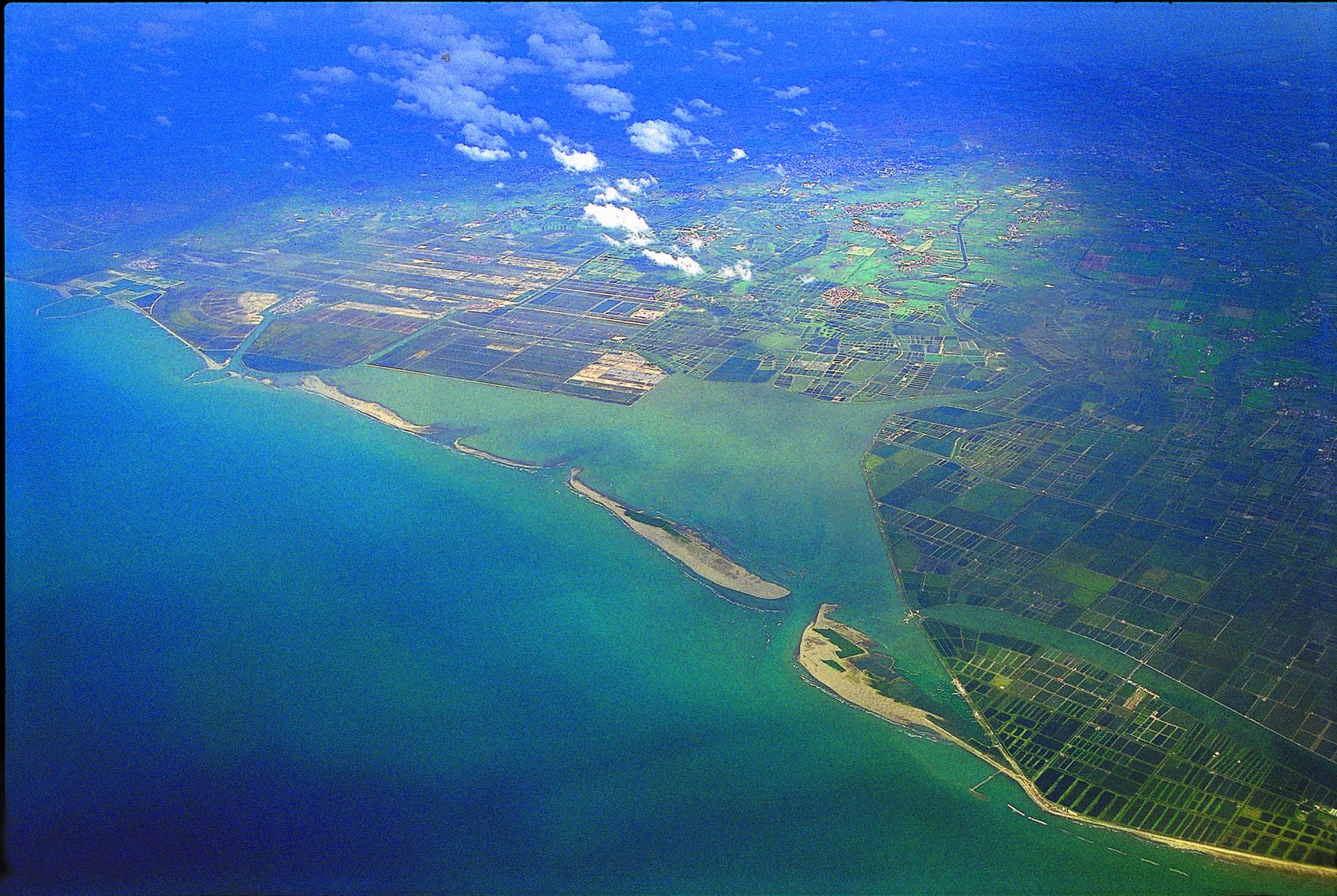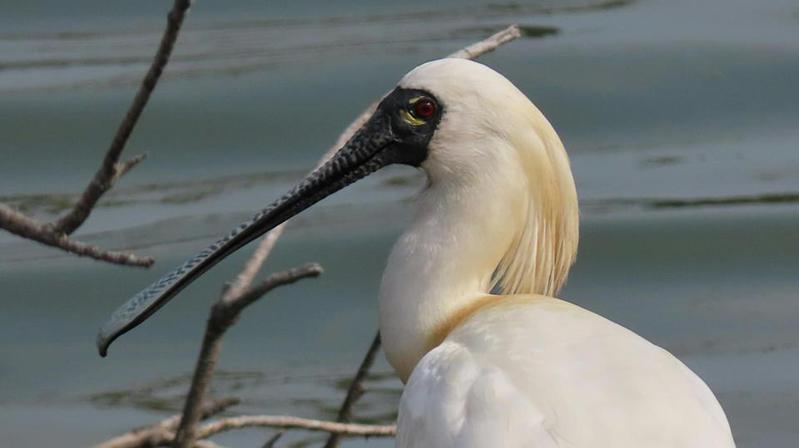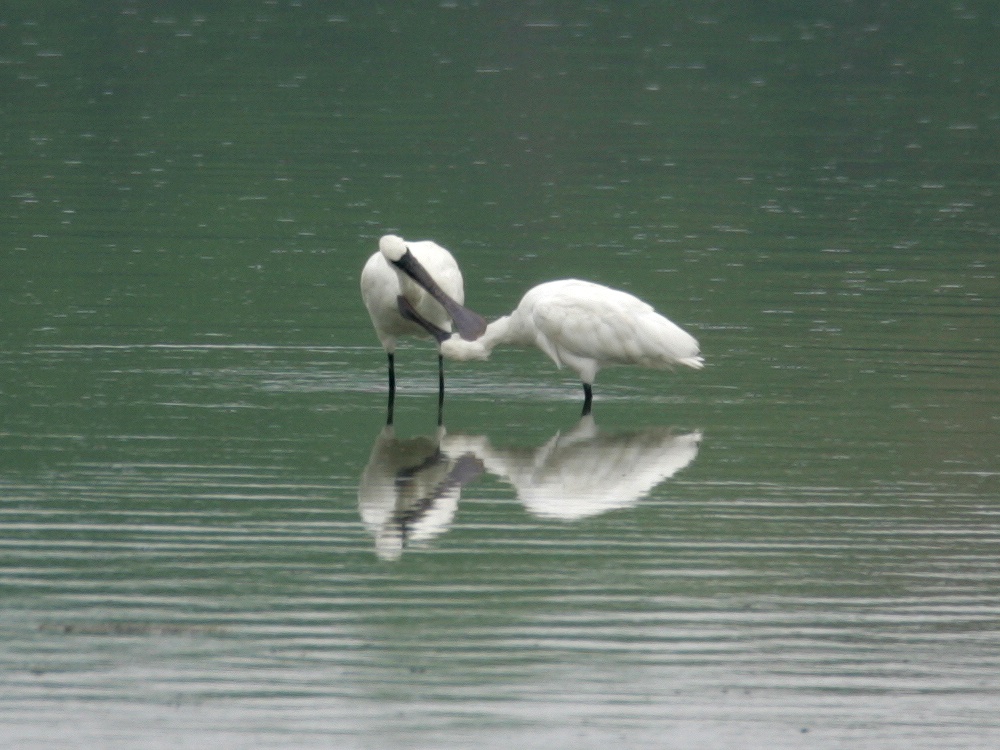
Though the Covid19 pandemic has stopped human from trotting around the world, it cannot stop the black-faced spoonbills from traveling southward to enjoy a warm winter time. The first black-faced spoonbill arrive in Tainan on 16th, September. As the monsoon starts blowing, there has been more than 700 black-faced spoonbills at the wetlands in Tainan. From 22th, Nov, it starts the conservative season at Taijiang, National Park, Tainan.

Photo by 洪邵歆
Black-faced spoonbills were an extremely endangered species. In 1989, there were only 288 spoon bills recorded around the world. The extremely-endangered species raises the international consciousness, regardless of government or NGO. Thanks to their effort, the number of spoonbills are steadily increasing year by year. In 2019, there were more than 4000 spoonbills. The rank of conservation also decent from extremely endangered to endangered.

Information from 香港觀鳥會
The black-faced spoonbills are mostly bred at the isles off the west coast of Korean Peninsula and the Liaodong peninsula, China. After the birds are matched, the couples build the nest on the towering rock walls. The females lay eggs during May and June, then the couples hatch in turns until the nestlings come out. After 40 days of breeding, when their pink spoons turn black, they are ready to start their journey of marching south to southeast Asia. Every year, there are about 50 percent of the spoonbills fly to Taiwan for migration, and they mainly stay in the wetlands of Tainan, including Qikou, Sicao and Tucheng.
Why do the spoonbills choose Taijiang National Park as their habitat?

Taijiang National Park was a lagoon consist of sandbanks and lands. It was a bay which can accommodate ships and vessels. Because of the sedimentation, the lagoon gradually become wetlands, fish farms, and salt farms. The unique and diverse environments provide abundant food resources and shelters, and attract the migrant birds to stay.
The habits of the black-faced spoon bill.

In the day time, the spoonbills gather at the roosting habitats, like the inter-tidal zone and salt field with their heads buried into their feather. They are nocturnal animal. At dusk, they fly to the fish farms, mangrove, and other places full of foods to feed themselves. Their diets are based on fish, frogs, insects, shrimps, crabs, and shells. When the spring is back in north hemisphere, the well-fed spoonbill with rich feather leave southeast Asia flock by flock, and go back to the north for the breeding season. When the season end, they fly to the south again to dig into the feast and enjoy the sun light.

Photo by 蘇家弘
Sometimes the spoonbills also feel like to scratch themselves, however their long beak can be a trouble when they try to scratch their head and neck. Therefore, it’s common to see them helping each other.

If you are interested in the fascinating migrants, you can come to Qikou, Tainan to have a closer look at the lovely guests. The bird-watching season starts from October to February. To get information of the black-faced spoonbill, you can go to the website of Taijiang National Park to know the current number of the bird. Bird watching can be an exciting event for a Taiwan family trip.
Of course there are more interesting things to do in Tainan. Remember to read our previous article about the tourist spots in Tainan. We have introduced the history of Tainan and where to explore!
留言